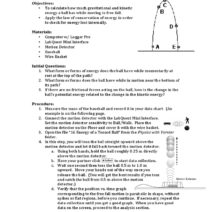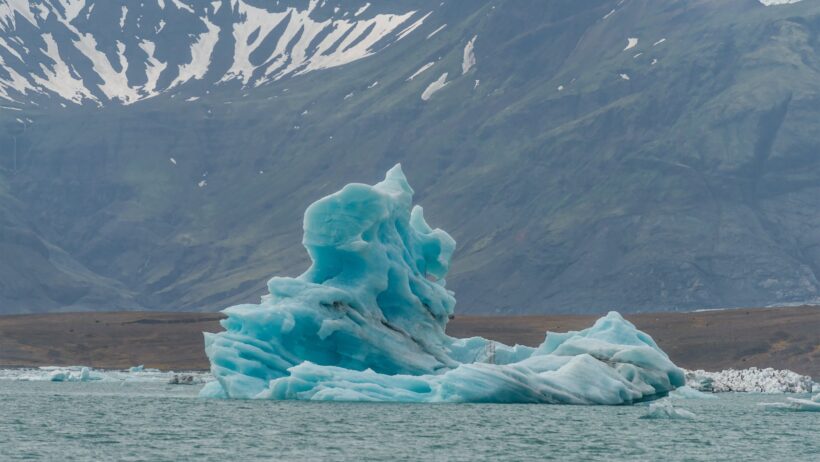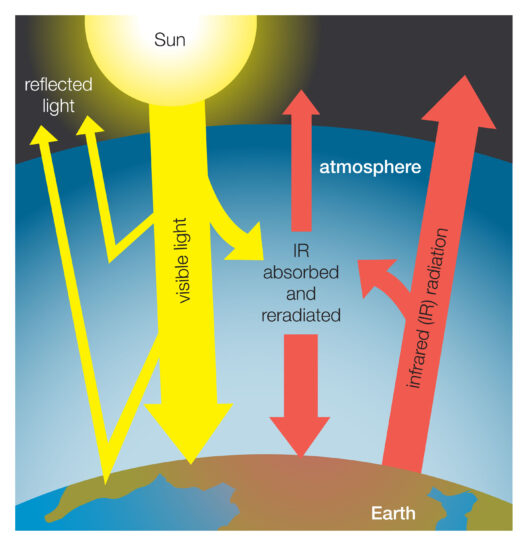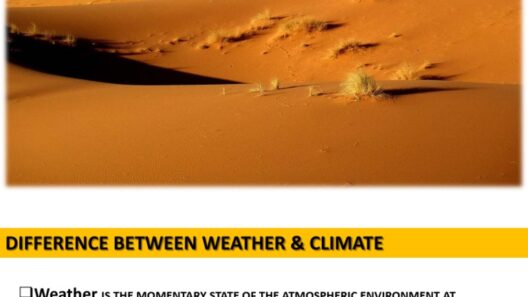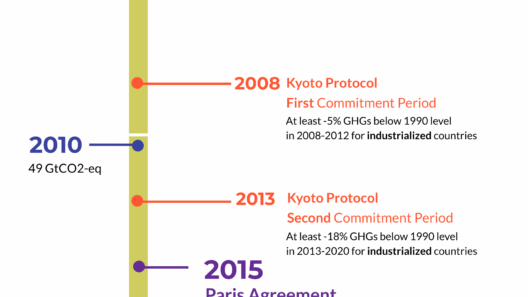Climate Change and Seismic Activity: An Intriguing Nexus
The Earth, our resilient yet imperiled home, has spurred curiosity and concern among scientists and environmentalists alike for centuries. Each tremor beneath our feet, each fluctuation in temperature—could there be a link? The intersection of climate change and geological instability raises many questions, challenging our understanding of Earth’s systems. As we delve into this topic, a fundamental inquiry emerges: does climate change truly affect earthquakes?
The Crust Beneath the Surface: Understanding Earth’s Tectonic Ballet
To comprehend the potential relationship between climate change and earthquakes, we first must appreciate the intricate dance of tectonic plates. The Earth’s lithosphere is divided into several plates that float atop the viscoelastic asthenosphere. This gradual movement, although imperceptible in the short term, can generate immense pressure over time, leading to seismic events when released. The Earth’s crust is akin to a playground of colossal forces, where tension builds before unleashing its energy in the form of tectonic activity.
Human activities, such as mining and water extraction, can exacerbate these natural processes. The introduction of significant variables, like weight or water, can influence the crust’s stability. For instance, massive glacial melt from climate change could alter the lithostatic pressure on tectonic plates, but scientific consensus on this phenomenon remains nuanced.
Temperature and Pressure: The Climate Seismology Connection
The amalgamation of climate change’s impacts—rising temperatures, increased precipitation, and melting ice—could instigate shifts in the Earth’s crust, potentially influencing seismic activity. A cornerstone of this theory lies within glacial isostatic adjustment, a process where the Earth’s crust rebounds after the withdrawal of heavy ice sheets. During the last Ice Age, the sheer weight of glaciers compressed the underlying land. As these glaciers recede, the crust adjusts to this loss in weight, leading to geological activity. The analogy here is akin to releasing the tension in a bowstring—upon removal, seismic waves ripple outward.
The accelerating pace of climate change is cause for alarm in this context. With unprecedented rates of glacial melt in polar regions, scientists speculate that such changes could alter the tectonic stress distribution beneath the Earth’s surface. The lifting of these weighty ice sheets could, thus, contribute to increased earthquake occurrences, predominantly in regions that were once shielded by heavy ice. This relationship highlights a scenario wherein climate change’s fingerprints can be traced to geological phenomena.
Hydrology and Earthquakes: A Complicated Relationship
Water, essential for life, can also be a tectonic antagonist. Flooding and heavy rainfall induce changes in groundwater levels that may exert further pressure on fault lines. The phenomenon termed “induced seismicity” often occurs when reservoirs or lakes are created, significantly altering the hydrostatic pressure in surrounding geological formations. While this is an immediate human effect, it is also a manifestation of natural cycles exacerbated by climate change. More intense and frequent storms linked to rising global temperatures can intensify soil saturation and lead to increased potential for landslides and minor earthquakes, creating an intricate relationship between atmospheric conditions and seismic activity.
Another critical aspect of this connection involves the interception of water into fault systems. When water infiltrates these cracks, it can reduce friction between tectonic plates, facilitating movement. Notably, several instances of seismic activity correspond to significant precipitation events; historic instances indicate that major earthquakes have followed substantial flooding incidents, suggesting that climate change may indirectly play a role in this regard.
Future Considerations: Proactive Measures in a Warming World
In light of potential links between climate change and earthquakes, understanding and preparing for these risks becomes essential. While scientists work to quantify the actual impacts, it is crucial to develop comprehensive strategies to mitigate these insecurities. Governments and communities must enhance their disaster preparedness to safeguard the populace against both droughts and the tremors caused or exacerbated by an unstable climate.
Investing in infrastructure that can withstand seismic waves, improving early warning systems, and educating communities about emergency protocols is imperative. The intertwined nature of climate change and geological activity serves as a stark reminder of humanity’s position within the fragile tapestry of Earth’s systems.
The Road Ahead: A Unified Approach to Environmental Stewardship
As we contemplate the myriad complexities of climate change and its potential influence on seismic activity, an undeniable truth emerges: ignorance is no longer an option. Continued research, dialogue, and proactive measures are essentials on the path forward. Recognizing that climate change can reverberate through various natural systems fosters a holistic approach to environmental stewardship. The fate of our planet rests in our collective hands, urging us toward vigilance and action as stewards of an interconnected Earth.
The intersection of climate change and seismic activity is a vivid reminder of the delicate equilibrium that governs our world. As we strive to grasp these connections, we do well to remember that we live in a symphony of geological and atmospheric forces, each note woven into the grand composition of life on Earth.


